19 Sep 2025
A New Chapter in Tariff Politics
The geopolitics of trade has once again taken center stage. Russia has openly criticized the United States’ renewed threats of broad tariffs against India and China, framing the move as both ineffective and destabilizing for global markets. By invoking “ancient civilisations” and their resilience, Moscow positioned its stance as not just diplomatic rhetoric but a broader call for dialogue over pressure.
This intervention is significant for India, which continues to juggle complex relationships: strengthening defense and tech partnerships with Washington, while sustaining long-standing ties with Moscow and maintaining competitive coexistence with Beijing.
Moscow’s Message: Why Tariff Tactics Fail
Russia’s remarks carried three key messages:
- Resilience of India & China: As civilisations with millennia of trade traditions, both countries are unlikely to bend under tariff threats.
- Global Stability at Risk: Aggressive US rhetoric risks spooking supply chains, increasing inflationary pressures, and destabilizing emerging markets.
- Dialogue Over Pressure: Moscow urged Washington to pursue cooperative frameworks rather than unilateral trade coercion.
The language underscores Russia’s attempt to build solidarity with India and China, even as it faces sanctions and trade restrictions from the West.
US Tariff Talk: Political Rhetoric or Policy?
In Washington, political leaders have floated the idea of sweeping tariffs tied to “imbalances” and “strategic dependencies.” Such talk is often fueled by electoral cycles, manufacturing-sector politics, and rising concerns over China’s dominance in global trade.
However, whether this rhetoric will translate into actionable policy remains uncertain. Historically, the US has often used tariff threats as leverage, though implementation has varied based on product lists, exemptions, and diplomatic negotiations.
India’s Position: Walking a Tightrope
For New Delhi, Russia’s supportive tone is symbolically valuable but diplomatically sensitive. India’s key considerations include:
- Ties with the US: Collaboration on defense, semiconductors, AI, and clean energy is deepening. Tariff tensions could complicate these partnerships.
- Legacy Partnership with Russia: Moscow continues to be a critical supplier of defense equipment and energy.
- China Factor: India’s trade deficit with China remains politically sensitive, though supply chains remain deeply interlinked.
So far, Indian officials have not issued a formal response, a sign of cautious navigation.
Trade Experts Weigh In
Economists and trade analysts highlighted several risks and scenarios:
- Supply Chains: Tariffs could reroute sourcing, increase costs, and delay timelines for global companies.
- Inflation: Consumer goods, electronics, and industrial inputs could see price spikes.
- Retaliation Risks: India or China might counter with their own trade measures, further complicating global markets.
- Corporate Planning: Even before policies crystallize, companies are already factoring in tariff risk when planning production and logistics.
Russia’s Strategic Play
For Moscow, this episode is more than a comment on tariffs—it is an opportunity to:
- Position itself as a champion of multipolarity in trade.
- Reaffirm solidarity with India and China in the face of Western economic pressure.
- Signal resilience despite being subjected to sanctions since 2022 over the Ukraine conflict.
By linking “ancient civilisations” with resilience, Russia projects a narrative of cultural and economic depth that transcends short-term political measures.
Broader Trend: Geoeconomics as Signaling
This controversy highlights a larger trend: policy signaling is shaping markets even before policies are enacted. Investors, supply-chain managers, and governments are increasingly responding not just to laws but to the rhetoric surrounding them.
For India, this means markets may react to tariff headlines even without official US action—impacting currency, equities, and commodity dynamics.
Global Implications
If US tariff measures escalate, the ripple effects could be global:
- Emerging Markets: Capital flows may shift amid inflation fears.
- Europe: Already battling energy and supply shocks, Europe could face secondary effects.
- Global South: Developing economies may suffer higher import costs.
- Trade Blocs: Efforts like BRICS, SCO, and RCEP may accelerate to counterbalance US pressure.
Conclusion: Diplomacy or Division?
Russia’s sharp response to US tariff threats highlights how trade is no longer just an economic tool—it is a geopolitical weapon. For India, the challenge lies in balancing symbolic support from Moscow with its deepening partnerships with Washington. For the world, the episode is a reminder that tariff rhetoric alone can sway markets, complicate planning, and deepen divides.
Whether Washington pursues policy or posturing, Moscow’s framing of India and China as resilient civilisations adds a powerful cultural dimension to the trade debate.
#India #Russia #USTariffs #Geoeconomics #Trade #China #Diplomacy #GlobalMarkets #SarhindTimes











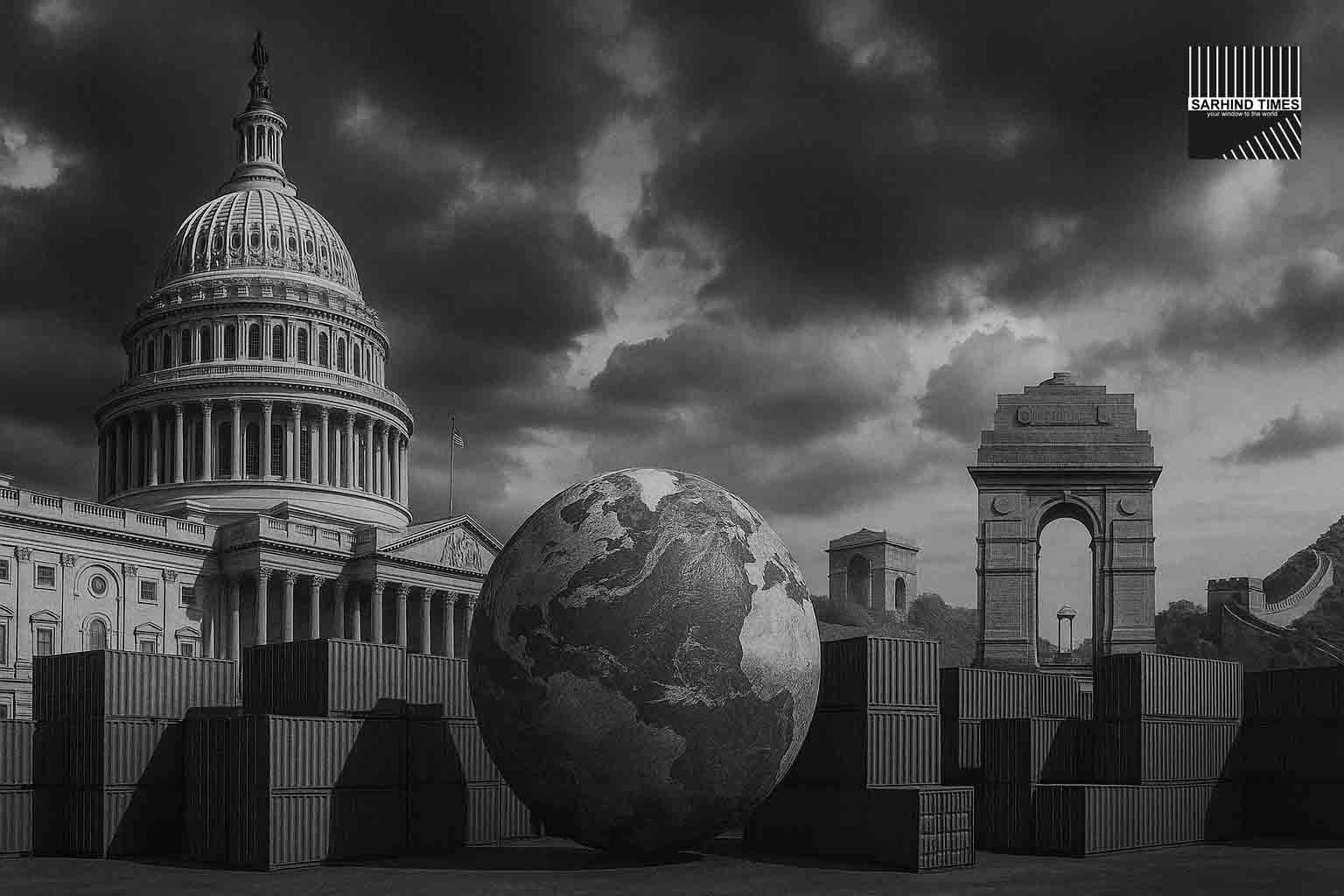
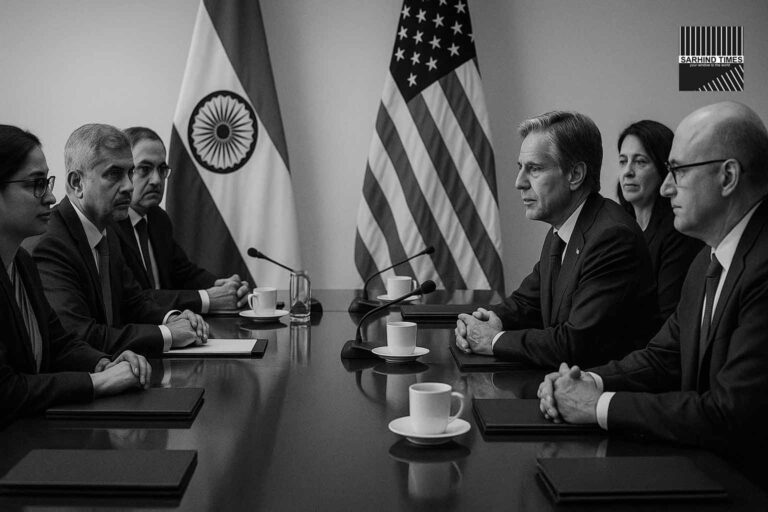
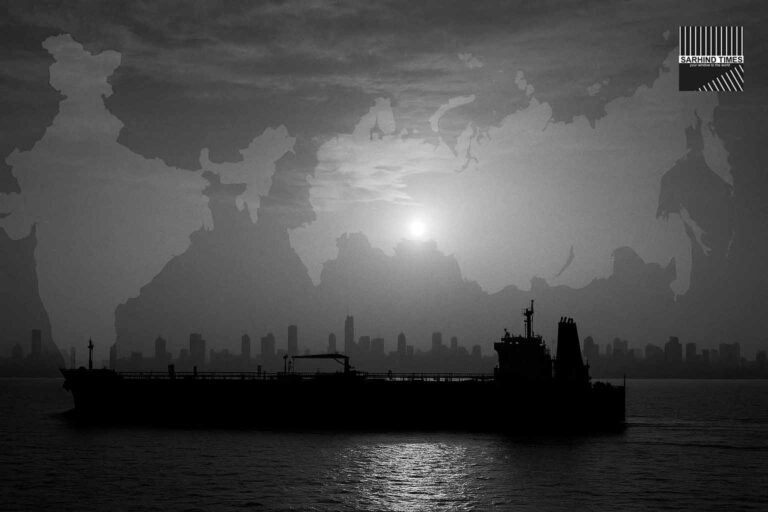
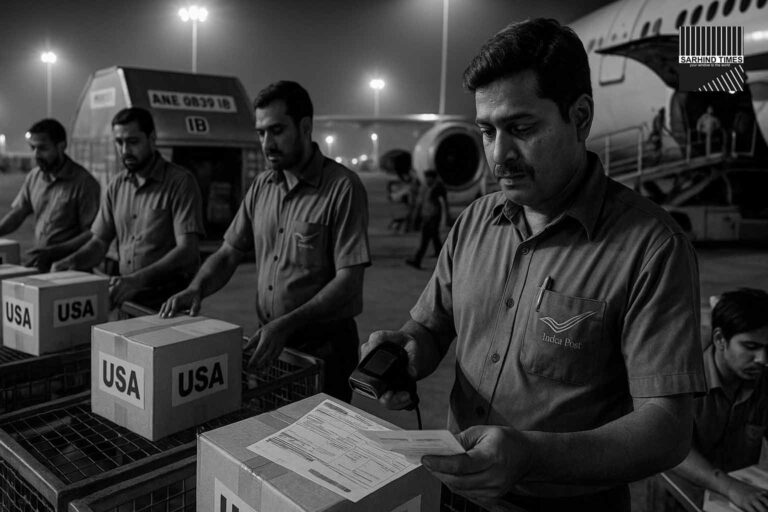




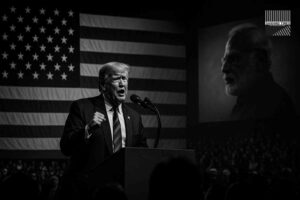





+ There are no comments
Add yours